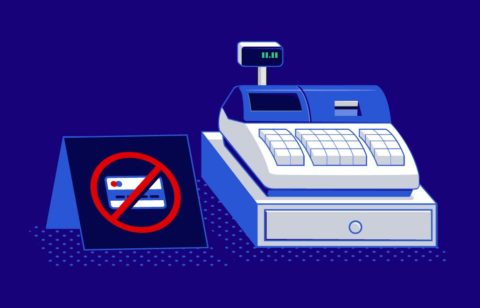Maintaining good credit is critical to having access to the financial resources you need to buy a car or a home, even to keep your business running. In some cases, good credit is necessary to obtain jobs in places such as the federal government. One of the best ways to keep a good credit score or find room to improve a less-than-stellar one is to review your credit report. Consumers can download their free credit score report once per year; learning how to review it properly can help you build and maintain a great credit score for the long term.
It’s Actually THREE different Credit Reports
When it comes to checking your free credit score report, there are actually three reports. Each of the three credit bureaus – Equifax, TransUnion, and Experian – monitor your credit. You’re eligible for a free report from each of them every year. The three bureaus’ assessments of your credit could vary considerably, too. For example, if you currently have a car loan, the lender may provide information to just one of the bureaus while the other two may be unaware of it.
A good strategy for reviewing these reports and keeping track of your overall credit is to download and review one of the three reports every four months or so. Doing so will help you keep a closer eye on your credit throughout the entire year, and ensure you know what all three credit bureaus are seeing.
Key Parts of the Credit Report
The reports that the three credit bureaus compile on consumers vary slightly. However, they all have key information sections in common. First, they’ll contain all your biographical information, including your current and any other previous names you may have used legally. The report will also contain other personally identifying information, including your social security number and date of birth. Most credit reports will also have information about where you live.
Of course, your credit report will have any information that lenders and other businesses provide to the bureaus. Information about current and past debts, loans, and loan applications are normally in the report. Any instances of businesses pulling your credit report for any reason will be listed. If you’ve experienced significant late payments on debts or undergone a foreclosure or bankruptcy over the past several years, those public records will be included in the report as well.
Upon receipt of your report, you should print it and read over it twice. Be sure to mark anything you have questions or concerns about during the second review. Overall, understanding how the credit reporting agencies see you is a great first step in understanding how to address financial shortfalls in your life and boost your credit score in the process.
Verifying Your Personal Information
One of the first things to look for when reviewing your free credit score report is the accuracy of your personal information; you need to verify that the credit bureaus have created a valid picture of whom you actually are. Incorrect personal information could indicate that the bureaus are inputting erroneous financial information into their reports; it could also be an indicator that you’ve been a victim of identity theft. While reviewing your credit report, note any discrepancies with your personal information during your second read-through of the report.
Reviewing Your Financial Information
Next, you should verify that all your financial information is accurate. Checking your credit report for financial accuracy is extremely important. A Federal Trade Commission study concluded that about one in five consumers discovered errors on their individual credit reports, with 5% of those people indicating the errors could have a negative impact on their ability to obtain affordable loan terms.
Specifically, you should check for errors such as incorrect credit limits or balances on any of your credit card and other debt accounts. You should also verify that the same account isn’t erroneously listed on your report multiple times. If accounts are listed as delinquent, scrutinize them closely, and verify that that information is accurate. Finally, verify that you’re the actual owner of all the accounts listed on the credit report.
Correcting Your Credit Report
According to the Consumer Finance Protection Bureau, taking action on errors you discover on your credit report is a straightforward process. First, gather any documentation you have that validates the report’s information is wrong. Then, write a letter to the credit bureau in question that listed the incorrect information in your credit report. The letter should include your name and all your contact information, a rationale for why you’re disputing the information, and a request to remove or correct the information in the report. You should also contact any company involved with the erroneous information, such as a bank, credit card company, or another lender, and report the erroneous information to them as well.
Keep good track of any correspondence you have with all parties involved in the correction process. Send your correspondence by certified mail if possible, with a return receipt request. The credit bureaus are required to investigate any disputes about credit report accuracy. If the bureau determines your dispute is frivolous and not worth further investigation, it must notify you within five days. If the company that provided the information to the credit bureaus is notified of the dispute and determines the information it furnished was inaccurate, it’s required to notify all the credit bureaus it contacted about the error and provide the correct information. If there’s an impasse between you and one of the companies providing financial information to the bureaus, you can request that the inability to resolve the dispute be placed in your record.
You can confirm that your information has been corrected with the credit bureau in question, and verify it when reviewing your next credit report from that bureau.
Monitor Your Credit
One of the best ways to protect your credit is by monitoring your free credit score reports closely. If you follow the tips here, you’ll be prepared to monitor your credit, detect errors, and get the three credit bureaus to correct them. Maintaining this type of vigilance on your credit will help prevent reporting errors or crimes such as identity theft from derailing your efforts to buy a new car, purchase the home of your dreams, or launch your own business.







